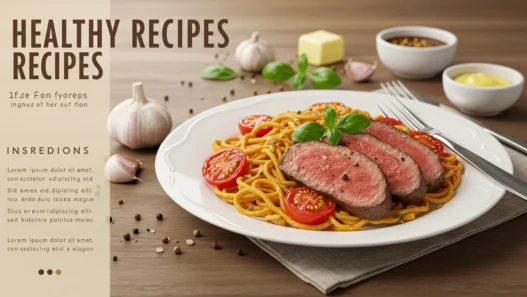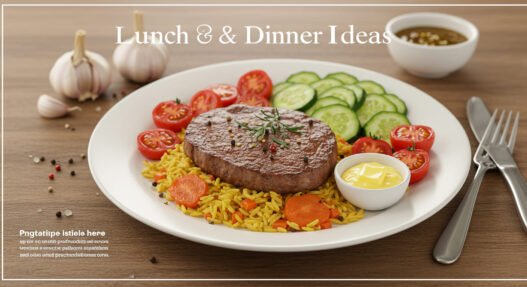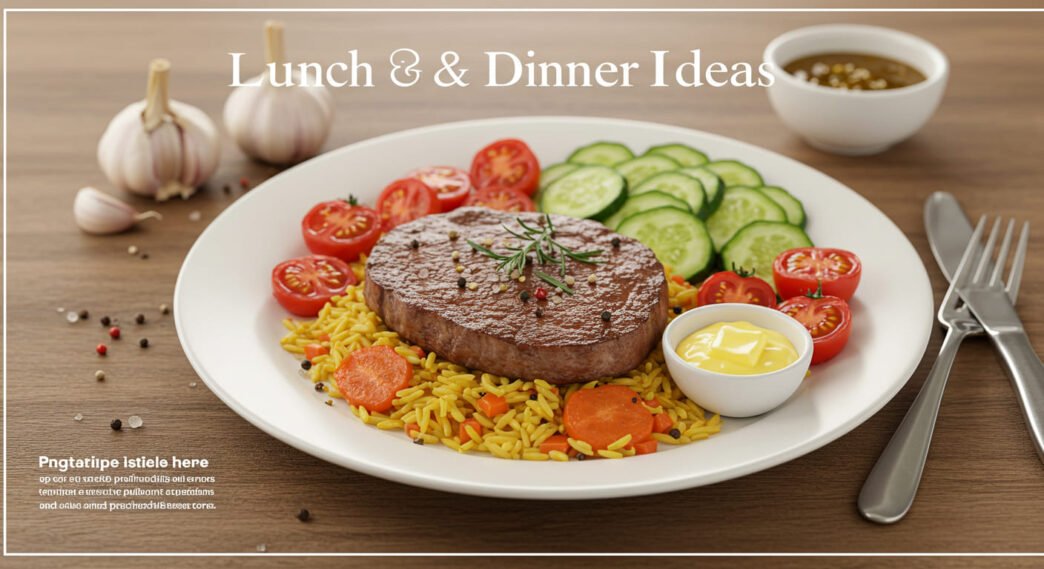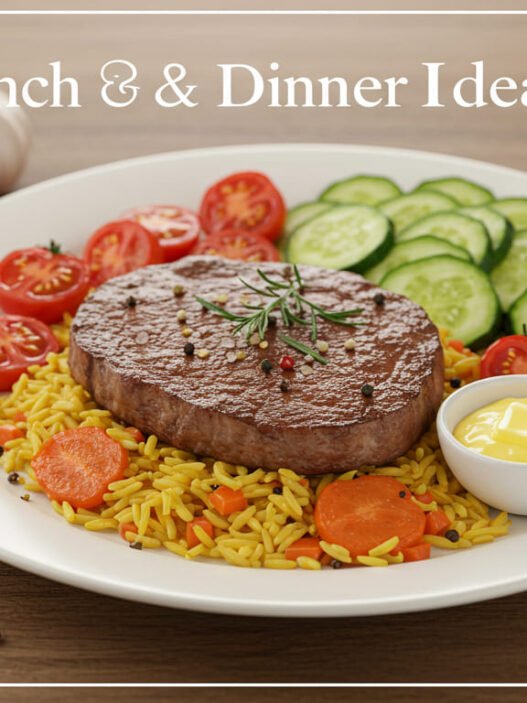Spaghetti Carbonara the Easy Way
There’s something undeniably comforting about pasta. The way spaghetti twirls perfectly around a fork, the deeply satisfying balance of rich flavors — it’s the kind of meal that feels both nostalgic and indulgent at once. I still remember the first time I tried to cook spaghetti carbonara at home. I was studying abroad in Rome, full of ambition and entirely unprepared. The result? Scrambled eggs and clumpy cheese. A disaster.
But fast forward a few (okay, many) tries later, and I discovered the secret: simplicity. It’s not about reinventing the wheel — it's about doing a few things really well. That’s why I became borderline obsessed with mastering Spaghetti Carbonara the Easy Way — a streamlined approach that doesn’t compromise an ounce of flavor.
Let’s dive into a dish that’s so much more than the sum of its parts.
What Makes Carbonara So Special
Traditional spaghetti carbonara is made from a humble set of ingredients: pasta, eggs, cheese, pancetta, and black pepper. No cream. No garlic. No shortcuts — unless you count mastering the technique itself.
The beauty of Spaghetti Carbonara the Easy Way is that once you understand the core of the dish, it becomes second nature. This isn’t just a quick weeknight fix (though it serves that purpose well); it’s an invitation to slow down, enjoy the process, and savor every step.
I always say carbonara is like jazz. There’s structure, but you have to feel it.
The Ingredients Matter
If there’s one thing I’ve learned, it’s that ingredients have to be top-notch — especially when you’re working with so few.
I’ve found that guanciale gives the most authentic flavor, but thick-cut pancetta (or even unsmoked bacon in a pinch) still makes a beautiful dish. The eggs need to be fresh. The cheese? Real Pecorino Romano, freshly grated. Don’t skimp. I once made this dish using shelf-stable pre-grated cheese and immediately regretted it. It changed the texture — and not in a good way.
And as for the pasta? Stick with traditional spaghetti, or go for bucatini if you’re feeling bold. Either provides the perfect vehicle for that creamy, peppery sauce.
The Game-Changing Technique
Here’s the heart of Spaghetti Carbonara the Easy Way: timing and temperature are everything.
While your spaghetti boils (remember to salt that water like the Mediterranean), cook your pancetta until it’s golden and crisp. No need for added oil — the fat renders slowly, becoming the golden elixir of flavor.
Here’s the trick I wish someone told me sooner: Let everything cool just a bit before adding the eggs. We’re aiming for luxurious creaminess, not breakfast scramble. I whisk two egg yolks and one whole egg with Pecorino, a generous grind of black pepper, and a splash of reserved pasta water. Once the pasta is drained and tossed with the pancetta, I remove the pan from heat, mix, wait 30 seconds, then stir in the egg mixture quickly to create that signature silky sauce.
And yes, you can add a touch more pasta water at the end if it needs loosening. It’s not cheating — it’s smart.
Why It’s Worth Mastering
There’s a reason this dish has endured for generations. It’s deceptively simple, wildly satisfying, and once you’ve nailed it, it becomes part of your kitchen DNA. For me, Spaghetti Carbonara the Easy Way isn’t just a back-pocket recipe — it’s how I impress unexpectedly picky guests, nourish myself after a rough day, or celebrate something as small as making it to Friday.
I also love that it requires no exotic shopping list or hours in front of the stove. At its core, it’s just a simple Italian blessing served on a white plate with freshly cracked pepper.
So next time you’re tempted to reach for takeout, remember: your dream bowl of pasta is about 20 minutes and five ingredients away.
Final Thoughts
We live in a busy world, and making time for truly satisfying food can feel like a luxury. But with Spaghetti Carbonara the Easy Way, it doesn’t have to be. This dish is proof that great food doesn’t need bells and whistles — just heart, a little patience, and the bravery to master the basics.
My advice? Keep a wedge of Pecorino and some good-quality pasta on standby. Because once you’ve tasted the difference, there’s no going back.
From my kitchen to yours — buon appetito.





